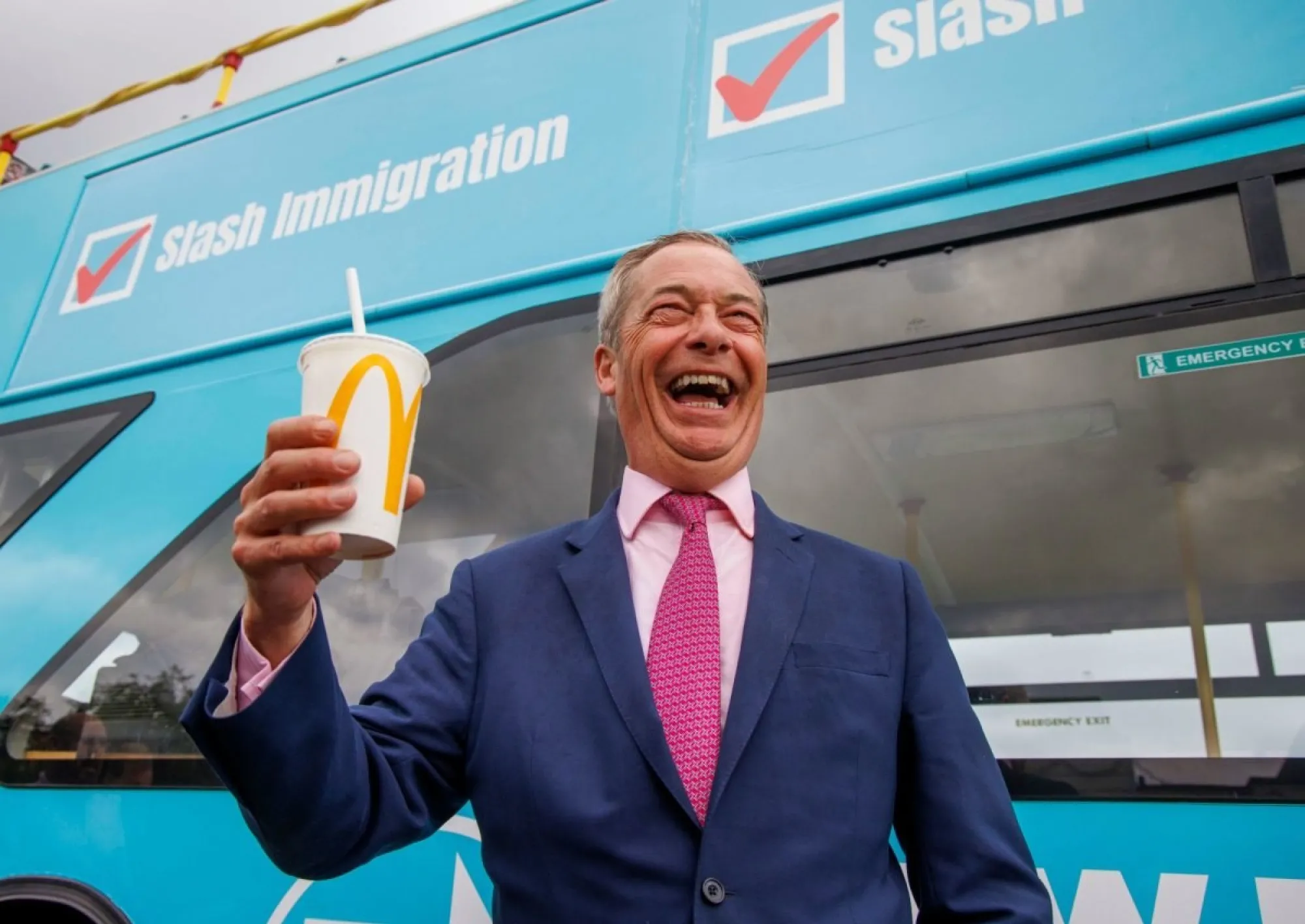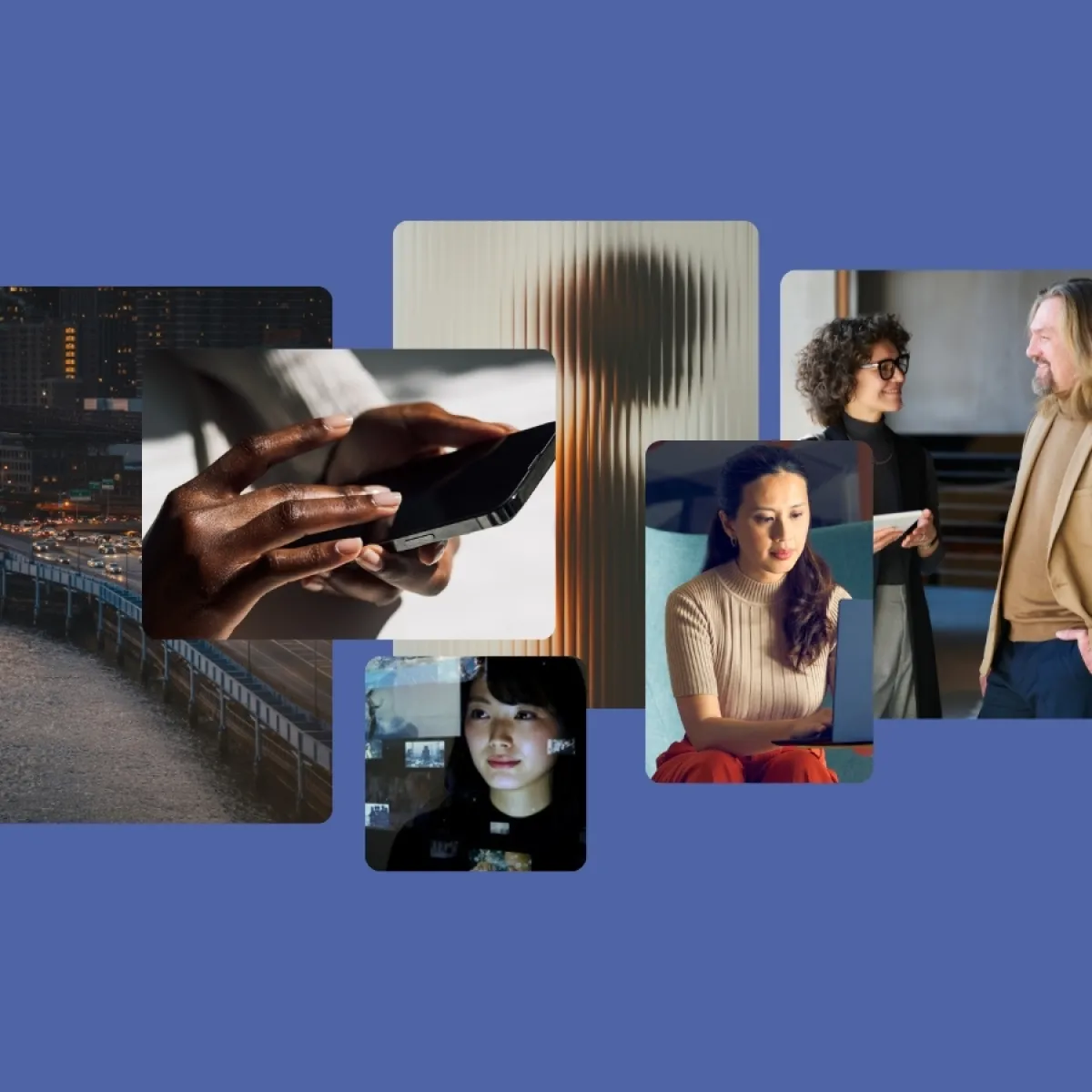This website uses cookies. Learn more
Leila Poel, political consultant of the Lansons Public Affairs team, reviews the second week of the General Election campaign, focusing on the major parties’ digital strategies and the role of social media.


It has been just over two weeks since Rishi Sunak called the General Election, and we have four short weeks until the British public heads to the polls. At this point, the leading parties’ campaign and PR machines have officially kicked into gear.
We have now had a glimpse into how the parties hope to win over the British public, and crucially, how they are utilising various communication channels to get their messaging across. As such, this week we are looking to investigate the newest of the electoral battlegrounds: the digital campaign.
There is no doubt that the ‘old-school’ practices of leafletting, door knocking, collecting voting intention data, and constituency rallies have a powerful influence on any potential constituency-level election results, and face-to-face contact between Parliamentary candidates and constituents should never be undervalued in any campaign. That being said, we are in unique circumstances where viral videos, fake news stories and targeted digital campaign ads are just as integral as other tried and tested methods.
How, then, are the parties using the digital platforms, have they learnt from previous mistakes (see Ed Miliband x bacon roll’s dedicated Wikipedia page), and exactly how much cash are they willing to drop on such strategies?
Social media success…?
In the wake of Sunak’s announcement, MPs from across the political spectrum rushed to their social media profiles, resulting in a flurry of ‘I’m ready to win the election’ type messages. Luckily, things are now a little more sophisticated as the initial shock of the election announcement has subsided.
In the first week of the election campaign, Labour out-spent the Conservatives on Google-owned sites five-fold, with the Conservatives spending £50,200 whilst Labour spent £250,350. The Guardian reported similar figures, breaking it down to a spend of about £605,000 on Google, mostly YouTube videos, and £684,964 on Meta’s Facebook and Instagram channels by Labour alone. Meanwhile, the Tories put £69,800 into Google ads and spent £280,406 on Meta. In comparison, TikTok is free (it does not allow paid-for advertising by politicians or parties) which is why the three major parties wasted no time in creating official accounts soon after the election date was announced.
Breaking down Labour’s spend, it seems as though the Labour HQ media strategy has been centred particularly on local campaign videos, with some of the largest receipts, unsurprisingly, coming from marginal seats. Politico reports that the biggest single spend by Labour was on an ad promoting the campaign launch of Lola McEvoy’s candidacy in Darlington. Labour spent between £10-50k on the ad which was directly targeted at postcodes in the constituency and was shown between 7-8 million times. With a Tory majority of 3,294 in the 2019 election, Darlington – and other flip-flopping seats- are seats that Labour are clearly putting the full force of the campaign budget behind.
That is not to say they are not also getting creative. After the Conservatives’ announcement of a proposed National Service, which ‘blew-up’ across social media channels, Labour decided to get in on the action. Labour’s new TikTok channel posted just under 10 separate clips aimed at undermining the PM and his latest policy. Having called Sunak a liar in the TV debates, and later across media interviews, Labour was not about to drop the catchy slogan here, mimicking the TV classic ‘Would I Lie to you?’. Labour may be targeting the ad spending towards local campaigns, but they are still using every opportunity to attack the Tories on social media where they can.
On the other hand, most recent adverts produced by Tory HQ are active attacks on Labour and Keir Starmer, rather than positive narratives. Politico reports this week that the Tory party spent nearly £15,000 on eight attack ads that focused on the stance of Labour and its leader towards the UK Royal Family. The Conservatives have purposefully positioned Starmer and his party as being anti-royal, having dug up an old video of Starmer proposing to abolish the monarchy, against the backdrop of the patriotism that has surrounded the D-Day anniversary. Other big-ticket items in the last few weeks include a £50-60k spend on a video that states Keir Starmer’s party would be the “biggest threat to Britain” and between £10-15k spent pushing an ad claiming Labour would turn the UK into a “magnet for illegal immigration”.
On top of taking the ‘attack-Starmer’ line, the Tories have a unique strategy that hopes to claw back its most marginal seats. The “80/20” approach, or the “ostrich” strategy, is being rolled out by the Conservatives, according to the Guardian. As a strategy, it suggests focusing almost all spending on the 80 seats that the party came closest to losing in 2019 and the 20 seats that came closest to voting Conservative. Given the national polls are not swinging in the Tory’s favour, the party has taken to regional spikes in messaging to convert those who may swing or are currently sat on the fence. Unfortunately for Conservative HQ, as there are a number of seats they are reportedly set to lose to a small Labour majority, this has stretched such funding streams across a wider base than the strategy had anticipated. It is hardly surprising, therefore, that the Conservatives are leaning towards the big, punchy media set pieces rather than with specific, regional voters.
Finally, it is worth mentioning the Lib Dems, as the party has stuck firmly to their strategy of only spending on ads that promote local candidates. This is perhaps why we have already seen party leader Ed Davey in a wetsuit on a paddleboard, flying down the Welsh high street on a bike and shooting down a waterslide. The Lib Dems may be trailing behind in the polls, but it looks as though Davey has taken a leaf out of Trump’s book and is collecting as much free media attention as he can.
Across all four platforms, the Conservatives are at a disadvantage to Labour, with over 900,000 fewer followers, and this may explain the rationale behind the Conservative’s more aggressive messaging tactics as well as the massive spend on pre-election online campaigning by Labour. What we can say for sure is that alongside a handful of policy pledges, we have seen a barrage of finger pointing, naming calling and meme-making content from the leading parties. As the saying goes, there’s no such thing as bad publicity; how true this is in reality, however, is being cautiously tested by the social media teams across the campaign.
**
Want to understand what a Labour government will mean for your organisation, and industry?
We're hosting Labour workshops with policy experts to help organisations, brands and associations better understand the upcoming landscape, opportunities and challenges posed to them under a possible Labour Government. To find out more, get in touch with our team.
Stay in the loop with our experts




New Business: to find out how we can help you, contact our dedicated new businesss team consultancy@lansons.com
Careers: we’d love to hear from you, please visit our careers hub











